This week’s ‘Works on My Machine’ begins our exploration of patterns to mitigate the review bottleneck that I outlined last week in The Coming Knowledge-Work Supply-Chain Crisis. To kick things off we’re first going to explore ways to actually make reviewing fun - by reorganizing work so that we can lean into randomness, actually look forward to what the AI generates for us, and ways to design workflows to minimize the impact of generation errors.
What It Does
The accompanying video contains two experiments that I’ve been enjoying for a while that showcase these ideas:
Daily Random Art Frame: You may have noticed the picture frame behind me changes in every video. That’s powered by a daily process:
I pull a random card from Brian Eno’s Oblique Strategies deck.
That text seeds a prompt in a tldraw computer pipeline (check it out here).
An AI generates 12 unique images based on that prompt
I pick one and upload the result to a custom control panel I had Claude build for me for the frame
Historically-Themed Team Photos: We’ve automated updating our team headshots on the Sublayer Team Page.
A Sublayer script runs automatically each day.
It uses GPT-4o to generate a historical fact for that specific date (e.g., first spam email sent, Margaret Thatcher becoming PM)
It generates a prompt telling OpenAI’s image generation API to transform our existing headshots based on that historical theme.
The script outputs the new, themed photos, the historical fact, and the image generation prompt. As a safety net, hovering over the images on the live page reveals the original photo.
Why It Matters
These might seem like fun little toys (and they are!), but they experiment with practical solutions to the very real AI review bottleneck:
Makes Review Engaging, Not Draining: Instead of correcting minor flaws, reviewing becomes checking out the day’s creative surprise. How did the AI interpret the ‘Oblique Strategy’? How did it interpret the historical fact for our team photos? It shifts review from a chore to a moment of curiosity, literally making “hallucinations a feature”.
Lowers the Stakes of Imperfection: If an image generation isn’t perfect, who cares? The team photos reset in 24 hours, and the original is always viewable on hover. The art frame image is just for fun and easily replaceable. This time-limiting and fallback approach drastically reduces the pressure for perfect output every single time.
Leverages Intentional Randomness: For creative tasks or adding flavor, perfect predictability isn’t always the goal. Using Oblique Strategies or daily facts introduces intentional randomness, guiding the AI towards interesting, varied outputs without needing hyper-specific prompting.
Simple Automation Reduces Friction: Both systems run mostly automatically. The picture frame needs a card pull and an upload; the team photos script runs entirely on its own. This pushes the generation “out of band”, letting AI work in the background without constant manual intervention.
It’s Accessible Now: Like the Aider agent experiment, this shows we don’t need futuristic tech. We can build workflows today that embrace a bit of AI weirdness, manage its outputs creatively, and automate parts of the process using current tools.
How To Get It
The Sublayer script to generate a daily historic fact and an image generation prompt, then use that with either OpenAI’s image generation or Gemini’s image generation is available on Github at sublayerapp/team_photo_generator. If you’re a tldraw user and curious to see the Oblique Strategies pipeline I have set up, you can check it out here.
We’ll likely still iterate a bunch on the team photos pipeline, but you’ll always be able to check out the latest generations on our team page.
If you already do something like this or end up using this code for your own team page, I’d love to check it out! Even if your team doesn’t adopt this, our daily prompt is available on our team page, so go ahead and try it on your own headshot and hop into our discord and share what you got!






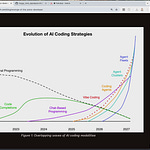
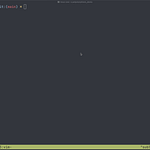
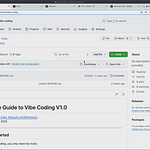
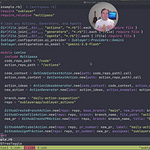
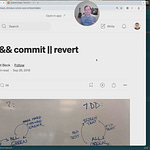

Share this post